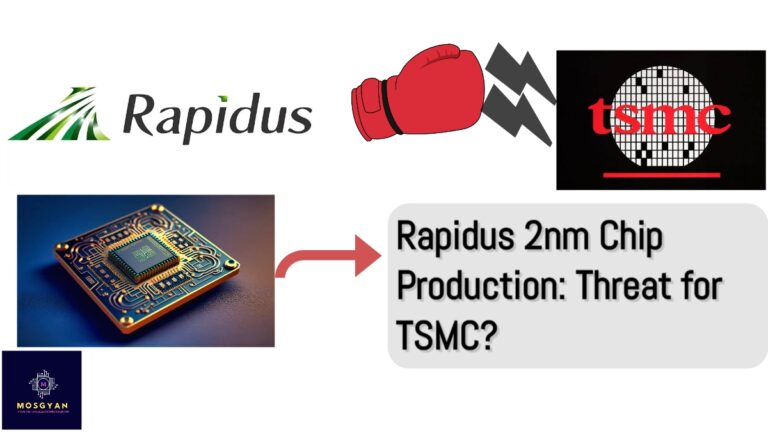Know About HDMI Standard
HDMI is an acronym of High-Definition Multimedia Interface. These cables are used for the transmission of HD audio & video data through a cable. Before emergence of HDMI Cables separate audio & video cables were in use. These Cables transmits uncompressed video data while the audio data can be compressed or uncompressed. The first HDMI Standard was developed in December 2021 and since then various versions of HDMI have been released offering better advantages over the previous version. We often use these cables in our day to day life one such example is connection between TV Table box or computer to TV, Monitor.
HDMI 2.1b Specifications
HDMI 2.1b is the most recent updated version of HDMI cables. Its supports Quick Frame Transport (QFT) feature which helps in reducing latency. Because of QFT feature source device start sending the video frame to output device such as TV, Monitor etc. as soon as video frames are produced, with out waiting for display device to be ready.
HDMI 2.1b supports Higher video resolution upto 8K60. It also allowing the support of Dynamic HDR. Dynamic HDR make sure that every frame of video is displayed at its ideal of brightness, contrast, color & details which makes users experience more immersive. This 2.1b Cables can be used with existing devices due to its backward compatible feature. 2.1b cables can support bandwidth upto 48Gbps.
HDMI Standard Evolution
| HDMI Version | Year | Resolution/ Refresh Rate | Transmission Rate | HDR Support | Audio Support |
| 1.0 | 2002 | 1080p/60Hz | 4.95 Gbps | No | 8 channels |
| 1.1 | 2005 | 1440p/30Hz | 4.95 Gbps | No | DVD & 1bit |
| 1.3/1.4 | 2009 | 4K/60Hz | 10.2 Gbps | No | DTS-HD, ARC |
| 2.0 | 2013 | 5K/30Hz | 18 Gbps | Yes | 32 channels, DRA, HE-AAC |
| 2.1 | 2017 | 8K/60Hz | 48 Gbps | Yes | eARC |
HDMI Cable Types
HDMI Cables are usually classified in 2 parts: Active & Passive Cables. Passive cables are usually preferred to transmit data for limited/smaller range while Active cables are used for long distance data transmission. Active cables are used for longer distance because it consist of booster which provides boost to the data which is being transmitted & it helps in maintaining the same strength of signal when it reaches to receiving end. Active Cables can be longer than 65ft.
Passive cables are used usually for less than 30ft transmission, if the resolution of data is less range can be extended a bit more. Many times Passive cables along with boosters in line are used for long distance data transmission also. There are Extenders also used when transmission has to be done at a very long distance, they help in transmission at a lower frame rate.
HDMI Features
In order to provide smooth gaming experience to users HDMI 2.1b supports various features such as ALLM, QFT & VRR. QFT we already discussed helps in reducing the latency while VRR (Variable Refresh Rate) helps in eliminating the frame tearing & lag experience which makes the user’s experience quite rich. Talking about ALLM (Auto Low Latency Mode) it helps in automatically setting the best suited latency for best viewing & lag free experience.
High Dynamic Range (HDR) Feature
Dynamic HDR feature allows the TV to understand that the transmitted data is in HD so accordingly the video content on TV is shown at a greater contrast, brightness & colour accuracy. This is achieved by transmitting some additional info along with the original data so that TV’s can differentiate between Standard Dynamic Range (SDR) & HDR content.
Enhanced Audio Return Channel (eARC) Support
eARC support is available in HDMI 2.1b. This feature allows the transmission of audio to the soundbar through the same channel which is used for transmission of audio/video data to TV. Hence it resulting into the usage of less cables & enhance audio quality is experienced because through these cables higher resolution audio can be transmitted.
Differential Signal Transmission
Whenever any data is transmitted over a long range it is susceptible to noise & interference. To avoid the introduction of noise & data loss, differential signal approach is used.
In this Source encoded the data which is supposed to be transmitted in the form of 0 & 1’s. Now the same Data & Out of phase data is transmitted using the 2 internal wires. When this data reached at the receiving end, receiver brings the out of phase data into the same phase & then compares it with the original normal data. If there is any difference between both the data that is considered as noise & filtered out.

HDMI Connectors Type
Connectors can be broadly classified into 3 parts: Type A, Type C & Type D.
Type A:
Type A connectors are also known as “Standard” Connectors. These are the most common format of HDMI connectors & mostly found in gaming consoles, audio/video equipment’s. Type A connectors are usually the standard 14mm version of HDMI Connectors.
Type C:
Type C connectors are also known as “mini HDMI” connectors. These connectors are smaller than the Type A connectors. These can usually be found in DSLR cameras, tablets.
Type D:
Type D connectors are also known as “micro HDMI” connectors. These are smaller than type A & type C connectors. In most of the smartphones these connectors are found. The plug size of these connectors are smallest among all 3 connectors. Its plug size is 5.83 * 2.20mm.




